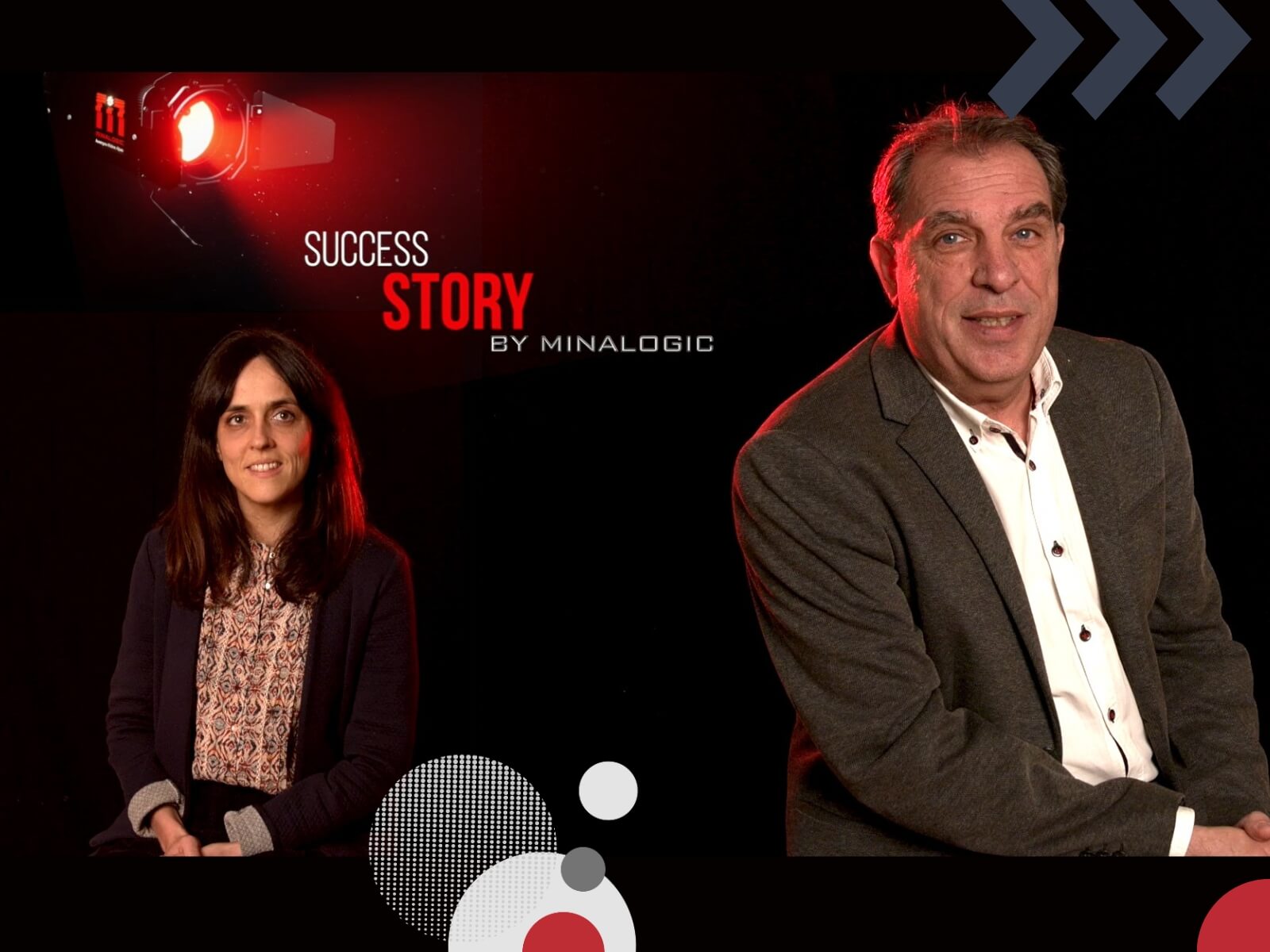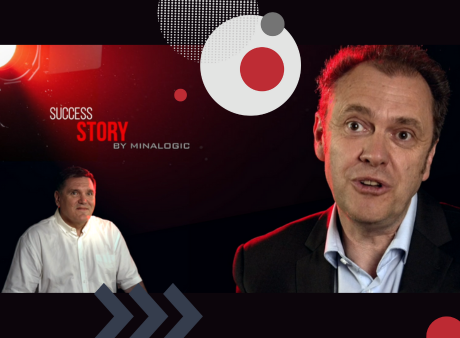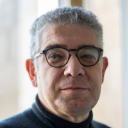Pierre ROHR
Head of Early-stage R&D and R&D Partnerships
Trixell
Pierre ROHR, Tell us about Trixell
PR : "Trixell was set up as a joint venture between Thales, Philips, and Siemens in 1997. The company is located at the Centr’Alp industrial park in Moirans, not far from Grenoble. We develop and manufacture digital detectors for X-ray medical imaging. The detectors are gradually replacing all analog technologies (like radiological film and brilliance amplifiers) in much the same way that digital cameras have replaced their analog predecessors (like film and VHS cameras). The transition to digital imaging does bring some clear advantages. You get digital images right away, and the quality is high. In addition, data is easier to process and the images are easier to share and archive. Plus, digital imaging equipment is more user friendly than the old analog equivalents.
The healthcare market is growing faster in developing countries right now, and new market entrants, especially in Asia, are putting pressure on pricing. Trixell is the global market leader, with products that have become the reference. We mainly serve two specific fields: interventional radiology and, specifically, cardiovascular surgery; and diagnostic radiology.
Each year Trixell manufactures more than 10,000 detectors over around 30 product lines. Our annual growth in terms of manufacturing volume is around 10%. Our strategy, which has to position us to adapt to a fast-paced market, is essentially to consolidate our position of leadership on high-end and mid-range products and find value-added differentiators that will enable us to remain global leader. Given the increase in competition, we also invest around 10% of our revenue in R&D. We feel that R&D is crucial to staying ahead in this context, and Grenoble’s ecosystem is a great place to do it.
Trixell’s know-how is very diverse. It includes radiation-matter interactions, physics, chemistry, mechanical engineering (including assembly), micro-connectors, and electronics (design, testing, and operational improvements to our detectors).
Our intellectual property portfolio currently includes more than 250 patents worldwide that cover the range of technologies involved in developing and manufacturing our detectors."
What made you decide to join Minalogic?
PR : "Trixell has been a member of Minalogic since the French government launched the national cluster network more than a decade ago. We are one of Minalogic’s 50-odd founding members. At the time, the very concept of the clusters was attractive to us. We liked the idea of facilitating research and development synergies between businesses as well as with publicly-funded research organizations in a given geographical area.
Minalogic opened in 2005 and Trixell’s first collaborative projects were certified shortly thereafter marking the beginning of various local partnerships, some of which have become long-term relationships. We have been running a joint lab with the CEA since 2006, for example. And we have partnerships with other Minalogic members like STMicroelectronics, Pyxalis, Creatis (a lab), ISORG, the University of Lyon Institut Lumière for Matter, GIPSA Lab, the university medical centers, and Cedrat Technologies.
Back then, Minalogic didn’t offer the broad range of other services it offers now, although some of the founders were already moving in that direction. And the process of setting up collaborative R&D projects, especially the French Single Interministerial Fund projects, was nowhere near as smooth as it is now. But we can see that the government, both at the national and local levels, is taking steps to encourage us to reach out."
What collaborative R&D projects are you involved in ?
PR : "Trixell has been a partner and lead on a variety of collaborative R&D projects, including Imalogic, Delpix, Cosirix, and Roxtar. Above all, these projects positioned us to pick up the pace of our development work and make the increasingly-significant technological shifts required by the display industry and by advances in microelectronics and printed electronics (CMOS detectors, new semiconductor material, detectors on flexible substrates, higher integration densities, etc.). As a result, our range of technologies for X-ray detectors has continued to grow, largely due to these partnerships."
What services have you used since joining Minalogic?
PR : "Trixell has really taken advantage of the proactive efforts of Minalogic’s team and the broad diversity of the Minalogic network and ecosystem to boost our company’s capacity for innovation. This has mainly happened through collaborative R&D projects that benefitted all partners.
If I had to quantify the impact, I would definitely say there is a correlation between our participation in collaborative R&D projects, the expansion of our product line, the increasing diversity of technologies we use, and our intellectual property portfolio."
What kinds of partnerships are you looking for as a Minalogic member? Business? Innovation?
PR : "Nearly 90% of Trixell’s sales are export sales to major medical-industry suppliers. We have been the only French company to target this market segment since CGR (la Compagnie générale de radiologie, a Thomson company) was sold to General Electric in exchange for GE’s consumer electronics business in 1987. Therefore, the Grenoble area is not necessarily where we are going to find opportunities for business growth.
However, our products are becoming more and more complex. And they could also potentially integrate smart communicating capabilities. So, there are some real benefits for Trixell to working with Grenoble’s innovation stakeholders, both on hardware and software".




